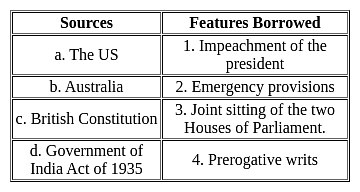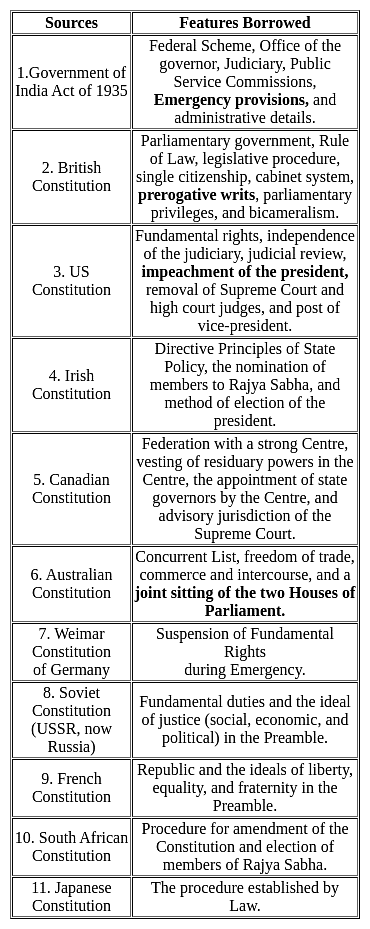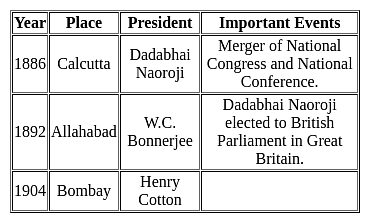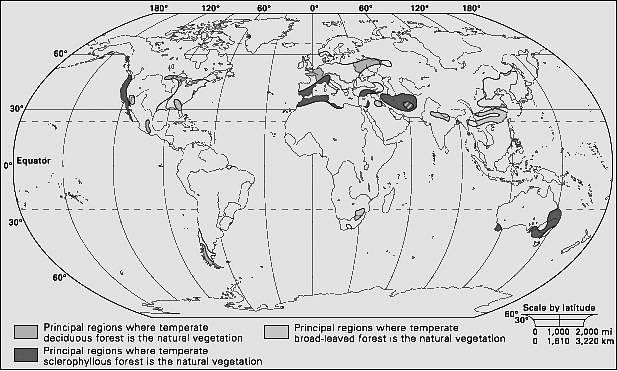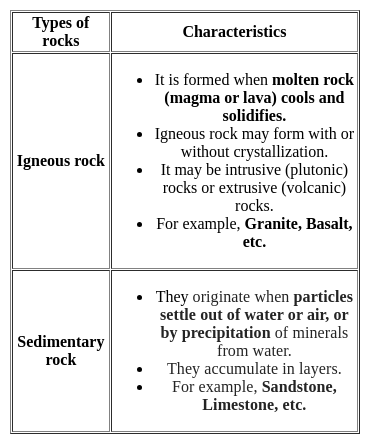Jharkhand (JSSC) PRT/TGT Exam > Jharkhand (JSSC) PRT/TGT Tests > Jharkhand (JSSC) PRT Exam Mock Test Series 2024 > Jharkhand (JSSC) PRT Paper III Mock Test - 1 - Jharkhand (JSSC) PRT/TGT MCQ
Jharkhand (JSSC) PRT Paper III Mock Test - 1 - Jharkhand (JSSC) PRT/TGT MCQ
Test Description
30 Questions MCQ Test Jharkhand (JSSC) PRT Exam Mock Test Series 2024 - Jharkhand (JSSC) PRT Paper III Mock Test - 1
Jharkhand (JSSC) PRT Paper III Mock Test - 1 for Jharkhand (JSSC) PRT/TGT 2025 is part of Jharkhand (JSSC) PRT Exam Mock Test Series 2024 preparation. The Jharkhand (JSSC) PRT Paper III Mock Test - 1 questions and answers have been
prepared according to the Jharkhand (JSSC) PRT/TGT exam syllabus.The Jharkhand (JSSC) PRT Paper III Mock Test - 1 MCQs are made for Jharkhand (JSSC) PRT/TGT 2025 Exam. Find important
definitions, questions, notes, meanings, examples, exercises, MCQs and online tests for Jharkhand (JSSC) PRT Paper III Mock Test - 1 below.
Solutions of Jharkhand (JSSC) PRT Paper III Mock Test - 1 questions in English are available as part of our Jharkhand (JSSC) PRT Exam Mock Test Series 2024 for Jharkhand (JSSC) PRT/TGT & Jharkhand (JSSC) PRT Paper III Mock Test - 1 solutions in
Hindi for Jharkhand (JSSC) PRT Exam Mock Test Series 2024 course. Download more important topics, notes, lectures and mock
test series for Jharkhand (JSSC) PRT/TGT Exam by signing up for free. Attempt Jharkhand (JSSC) PRT Paper III Mock Test - 1 | 200 questions in 180 minutes | Mock test for Jharkhand (JSSC) PRT/TGT preparation | Free important questions MCQ to study Jharkhand (JSSC) PRT Exam Mock Test Series 2024 for Jharkhand (JSSC) PRT/TGT Exam | Download free PDF with solutions
Jharkhand (JSSC) PRT Paper III Mock Test - 1 - Question 1
Which of the following sections of the Indian Constitution is linked with Habeas Corpus?
Detailed Solution for Jharkhand (JSSC) PRT Paper III Mock Test - 1 - Question 1
Jharkhand (JSSC) PRT Paper III Mock Test - 1 - Question 2
What is the sex ratio of Jharkhand state in India?
Detailed Solution for Jharkhand (JSSC) PRT Paper III Mock Test - 1 - Question 2
Jharkhand (JSSC) PRT Paper III Mock Test - 1 - Question 3
Who was the president of Indian National Congress in Haripura session, 1938?
Detailed Solution for Jharkhand (JSSC) PRT Paper III Mock Test - 1 - Question 3
Detailed Solution for Jharkhand (JSSC) PRT Paper III Mock Test - 1 - Question 4
Jharkhand (JSSC) PRT Paper III Mock Test - 1 - Question 5
When did the Indian Constituent assembly adopt the constitution?
Detailed Solution for Jharkhand (JSSC) PRT Paper III Mock Test - 1 - Question 5
Jharkhand (JSSC) PRT Paper III Mock Test - 1 - Question 6
Dholavira, a Harappan site is presently located in the Indian state of _______.
Detailed Solution for Jharkhand (JSSC) PRT Paper III Mock Test - 1 - Question 6
Jharkhand (JSSC) PRT Paper III Mock Test - 1 - Question 7
Which foreign traveller came to India with Mahmud of Ghazni?
Detailed Solution for Jharkhand (JSSC) PRT Paper III Mock Test - 1 - Question 7
Jharkhand (JSSC) PRT Paper III Mock Test - 1 - Question 8
Which of the following were, 'Bandagan' during Sultanate period:
Detailed Solution for Jharkhand (JSSC) PRT Paper III Mock Test - 1 - Question 8
Jharkhand (JSSC) PRT Paper III Mock Test - 1 - Question 9
During the reign of which ruler of Bahmani kingdom was the capital shifted to Bidar from Gulbarga?
Detailed Solution for Jharkhand (JSSC) PRT Paper III Mock Test - 1 - Question 9
Jharkhand (JSSC) PRT Paper III Mock Test - 1 - Question 10
Choose the correct chronological order of the arrival of the following European trading companies in India :
Detailed Solution for Jharkhand (JSSC) PRT Paper III Mock Test - 1 - Question 10
Jharkhand (JSSC) PRT Paper III Mock Test - 1 - Question 11
After which event did the British acquire the Diwani of Bengal, Bihar and Odisha?
Detailed Solution for Jharkhand (JSSC) PRT Paper III Mock Test - 1 - Question 11
Jharkhand (JSSC) PRT Paper III Mock Test - 1 - Question 12
'VandeMataram' was first sung at which session of the Indian National Congress:
Detailed Solution for Jharkhand (JSSC) PRT Paper III Mock Test - 1 - Question 12
Jharkhand (JSSC) PRT Paper III Mock Test - 1 - Question 13
Which one of the following organizations merged with the Indian National Congress?
Detailed Solution for Jharkhand (JSSC) PRT Paper III Mock Test - 1 - Question 13
Jharkhand (JSSC) PRT Paper III Mock Test - 1 - Question 14
Horse latitudes lie within the atmospheric pressure belts of _______.
Detailed Solution for Jharkhand (JSSC) PRT Paper III Mock Test - 1 - Question 14
Jharkhand (JSSC) PRT Paper III Mock Test - 1 - Question 15
Amazon does not flow through which of the following country?
Detailed Solution for Jharkhand (JSSC) PRT Paper III Mock Test - 1 - Question 15
Jharkhand (JSSC) PRT Paper III Mock Test - 1 - Question 16
Kalbaisakhi occurs in which of the following countries?
Detailed Solution for Jharkhand (JSSC) PRT Paper III Mock Test - 1 - Question 16
Jharkhand (JSSC) PRT Paper III Mock Test - 1 - Question 17
The disconnected lines drawn on a map for showing slope -
Detailed Solution for Jharkhand (JSSC) PRT Paper III Mock Test - 1 - Question 17
Detailed Solution for Jharkhand (JSSC) PRT Paper III Mock Test - 1 - Question 18
Jharkhand (JSSC) PRT Paper III Mock Test - 1 - Question 19
Pick the geographical features which are marked by internal drainage?
Detailed Solution for Jharkhand (JSSC) PRT Paper III Mock Test - 1 - Question 19
Jharkhand (JSSC) PRT Paper III Mock Test - 1 - Question 20
Which of the following valleys lies between the Dhauladhar and Pir Panjal ?
Detailed Solution for Jharkhand (JSSC) PRT Paper III Mock Test - 1 - Question 20
Jharkhand (JSSC) PRT Paper III Mock Test - 1 - Question 21
Which one of the following groups of cities have Sclerophyll as its natural vegetation cover?
Detailed Solution for Jharkhand (JSSC) PRT Paper III Mock Test - 1 - Question 21
Jharkhand (JSSC) PRT Paper III Mock Test - 1 - Question 22
Consider the following Pairs wrt. Writ issued by the Judiciary in India:
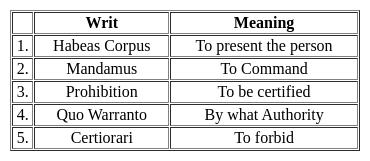
Which of the above pairs are correctly matched?
Detailed Solution for Jharkhand (JSSC) PRT Paper III Mock Test - 1 - Question 22
Jharkhand (JSSC) PRT Paper III Mock Test - 1 - Question 23
Consider the following statements about metamorphic rocks.
1. Formed when molten rock (magma or lava) cools and solidifies.
2. These rocks form under the action of pressure, volume, and temperature
3. They formed due to the process of settling down of fragmented materials
Detailed Solution for Jharkhand (JSSC) PRT Paper III Mock Test - 1 - Question 23
Jharkhand (JSSC) PRT Paper III Mock Test - 1 - Question 24
Which year was the Right to Information Act passed?
Detailed Solution for Jharkhand (JSSC) PRT Paper III Mock Test - 1 - Question 24
Jharkhand (JSSC) PRT Paper III Mock Test - 1 - Question 25
Which part of the Indian Constitution provides for the Secular character of our polity?
Detailed Solution for Jharkhand (JSSC) PRT Paper III Mock Test - 1 - Question 25
Jharkhand (JSSC) PRT Paper III Mock Test - 1 - Question 26
What is the main economic problem faced by the society?
Detailed Solution for Jharkhand (JSSC) PRT Paper III Mock Test - 1 - Question 26
Jharkhand (JSSC) PRT Paper III Mock Test - 1 - Question 27
The sum of the cubes of two numbers is 1755. The sum of the numbers is 15. The difference of the two numbers is:
Detailed Solution for Jharkhand (JSSC) PRT Paper III Mock Test - 1 - Question 27
Jharkhand (JSSC) PRT Paper III Mock Test - 1 - Question 28
Sachin is younger than Rahul by 7 years. If the ratio of their ages is 7 ∶ 9, find the age of Sachin
Detailed Solution for Jharkhand (JSSC) PRT Paper III Mock Test - 1 - Question 28
Jharkhand (JSSC) PRT Paper III Mock Test - 1 - Question 29
8 workers working 7 hours per day can build a wall in 12 days. How many days will 7 workers take to build the wall if they work 6 hours per day?
Detailed Solution for Jharkhand (JSSC) PRT Paper III Mock Test - 1 - Question 29
Jharkhand (JSSC) PRT Paper III Mock Test - 1 - Question 30
Walking at 4 kmph, a student reaches his college 5 minutes late and if he walks at 5 kmph, he reaches 21/2 minutes early. What is the distance from his house to college?
Detailed Solution for Jharkhand (JSSC) PRT Paper III Mock Test - 1 - Question 30
View more questions
Information about Jharkhand (JSSC) PRT Paper III Mock Test - 1 Page
In this test you can find the Exam questions for Jharkhand (JSSC) PRT Paper III Mock Test - 1 solved & explained in the simplest way possible.
Besides giving Questions and answers for Jharkhand (JSSC) PRT Paper III Mock Test - 1, EduRev gives you an ample number of Online tests for practice



